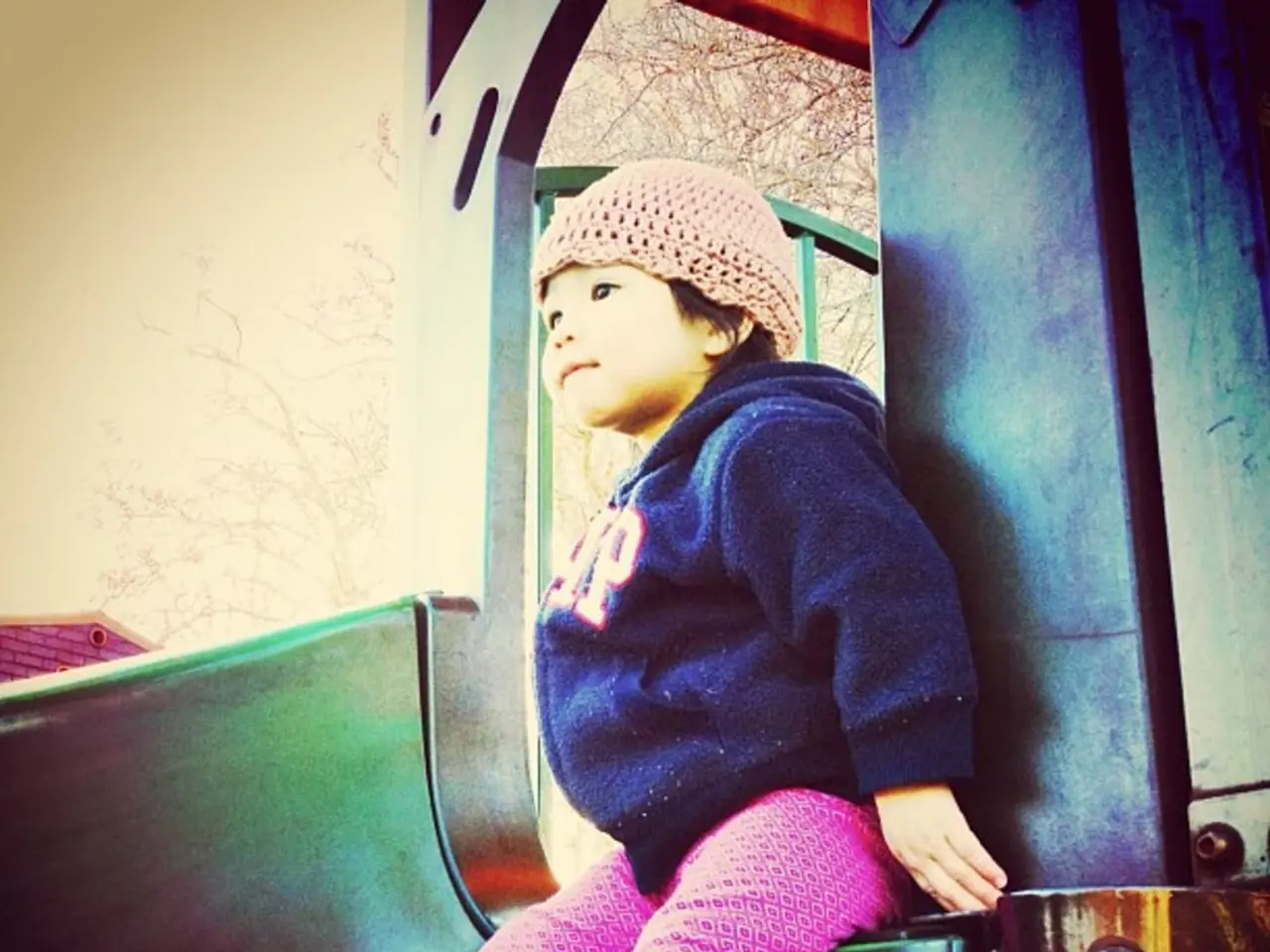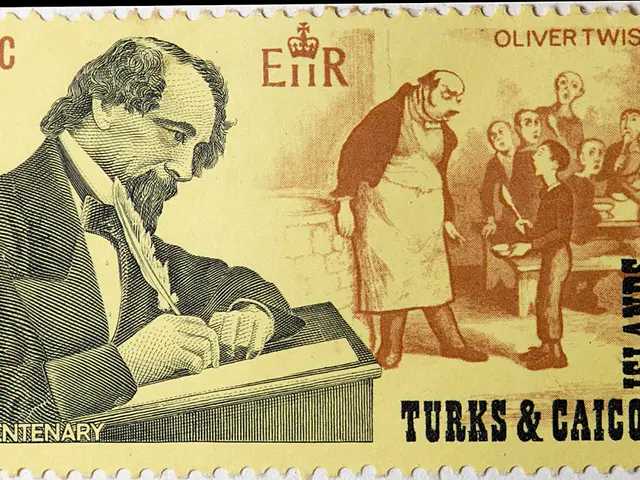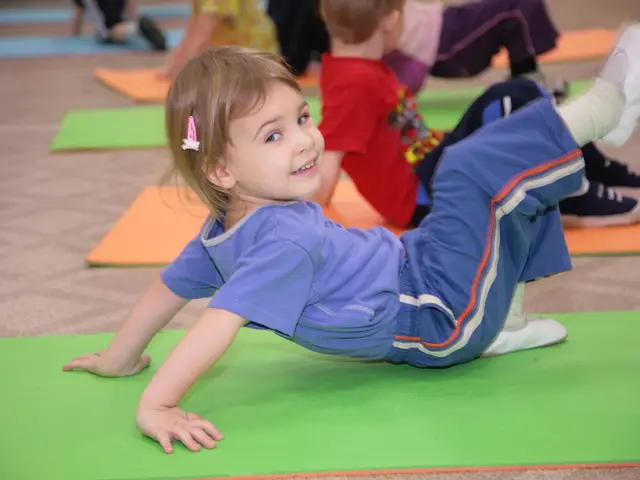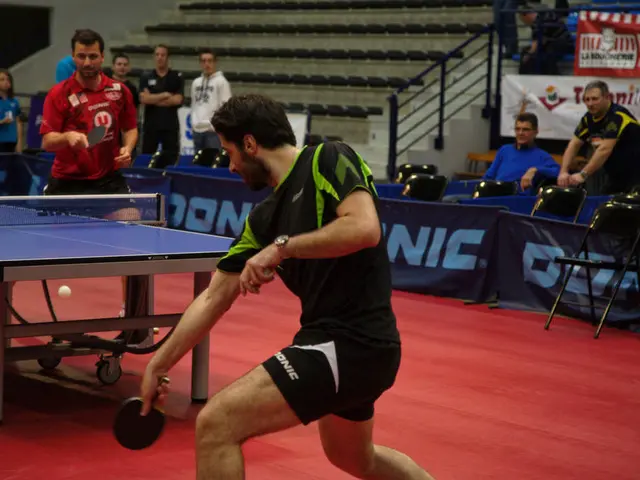Insight into the Minimal Muscle Mass of Newborn Infants: Exploring the Process of Muscular Development and expansion in Infants
Newborn Babies and Muscle Development: A Natural Progression
Newborn babies have less muscle mass and lower muscle tone compared to older children and adults. This is a normal stage of human development, as the muscles and nervous systems of newborns are still maturing.
At birth, muscle fibers and motor units are not fully formed or well-coordinated, resulting in less overall muscle mass and weaker muscle tone. The nervous system controlling muscle tone and reflexes is also still developing, leading to hypotonia or low muscle tone in newborns, characterized by decreased resistance to passive movements and floppy limbs.
Several factors contribute to this low muscle tone at birth. The developmental stage, neurological immaturity, protective and adaptive factors, genetic and medical conditions, and nutritional status and growth all play a role.
As babies grow older, their muscles become increasingly active. Between three to six months, babies start gaining more control over their muscles, enabling them to support their head more consistently and interact with their environment. They begin to roll over from their stomachs to their backs and vice versa, a movement that requires core and limb strength.
Between six and nine months, babies prepare for more mobile activities, such as crawling and pulling themselves up. This period is crucial for building coordination and balance. Crawling helps babies develop these skills further, as it requires them to use their legs, hips, and core extensively to balance and support their body weight in an upright position.
By nine to twelve months, babies start showing a strong drive to stand and walk with assistance. Some may even take their first steps. As they stand with support, their leg and hip muscles become stronger, providing a foundation for future walking skills.
Parents and caregivers can support infants' muscle development through safe and appropriate activities. Encouraging tummy time, providing opportunities for reaching and grasping, supporting rolling and crawling, practicing assisted standing and walking, and ensuring proper nutrition are all essential for a baby's muscle growth and development.
As they become more active, their muscle fibers begin to grow and strengthen. They start developing Type II muscle fibers to support quicker movements. With continued growth and development, newborn babies will eventually develop the muscle tone and strength necessary for more complex motor skills.
References:
[1] Lohr, J. W., & Kozlowski, K. L. (2006). The Moro reflex and its modification by prenatal alcohol exposure. Alcoholism: Clinical and Experimental Research, 30(6), 926–933.
[3] Delaney-Black, V. L., & Black, L. M. (2011). Neurodevelopmental aspects of motor control in infancy. Pediatrics, 127(Suppl 2), S147–S154.
[4] Volpe, J. J. (2001). Neonatal encephalopathy and cerebral palsy. New England Journal of Medicine, 344(23), 1751–1760.
[5] Lucas, A. A., & Cole, T. J. (2018). The effects of nutrition on brain development and function. Annual Review of Nutrition, 38, 337–360.
Read also:
- Postpartum Period and Gestational Diabetes: Does it Persist?
- Controlled spree of Legionnaires' disease among Harlem residents ceased, city health authorities confirm; however, locals push for increased openness and information disclosure
- Transform City for the Better
- Prostate Cancer Examination Guidelines, Outcomes, and Financial Aspects








